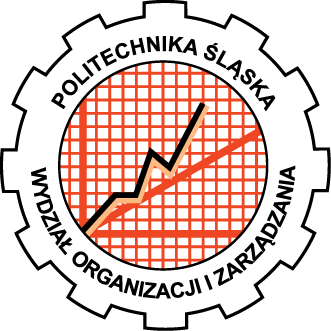Start - The Four Universities’ Project
The Four Universities' Project

Please review the results of the collaboration between male and female students from four universities: the Silesian University of Technology, Lviv Polytechnic National University, the Warsaw University of Technology, and Nicolaus Copernicus University, conducted within the framework of an interuniversity project formally titled The Four Universities’ Project.
This project explores the intricate relationship between language, identity, and cultural values. Its primary objective is to examine how linguistic expression shapes our sense of self, the difficulties inherent in preserving endangered languages such as Lemko and Cherokee in an increasingly globalized world, and the strategies that can be employed to safeguard these languages from extinction.
This linguistic project examines the role of language in shaping identity and cultural values through the theoretical framework of the Sapir–Whorf linguistic hypothesis. Grounded in extensive research, it utilizes a comparative analysis of linguistic data drawn from multiple languages, including Slavic languages, Chinese, and English. The study investigates lexical lacunae, false friends, and idiomatic expressions as indicators of deep-seated cultural differences, and as reflections of how language users across diverse linguistic communities perceive and interpret the world.
What is the precise definition of a meme, and how did Richard Dawkins, who coined the term, conceptualize it? How are memes disseminated, and why are they significant? What functions do they fulfill within contemporary culture and society? These questions, and many others, are explored in this project, which offers a comprehensive examination of the cultural, communicative, and symbolic dimensions of memes.
This creative project adopts a comparative and content analysis of literary texts embedded in collective memory, with the aim of examining the values they encode and the linguistic means by which these values are constructed and conveyed. Focusing on six popular Polish and Ukrainian legends, the presentation shows the extent to which shared cultural values transcend national boundaries and explores their linguocultural dimensions.
The authors of this project employed a survey-based methodology to examine and analyze the impact of digitalization on personal identity, cultural values, communication, and the well-being of young people. The study seeks to address questions such as whether individual personality remains stable in digital contexts, to what extent individuals are able to express their authentic selves, and whether they are more inclined to adopt social "masks." The findings of the survey offer valuable insights into these complex dynamics.
This project addresses the phenomenon of social media influencers and their impact on the identity formation, educational engagement, and cultural values of the younger generation. In order to explore questions related to identity crises and the positive or negative influence of social media, an online survey was conducted. The results of this empirical investigation are presented and discussed by the authors in the current presentation.
How does artificial intelligence influence the transmission and evolution of cultural values? To what extent does it shape the worldviews of the younger generations? These and related questions are explored by the authors, with particular emphasis on the societal integration of AI and its implications for the preservation of cultural diversity.
The findings of this compelling project, which employs comparative prompting to generate visual representations, offer insight into the ways in which AI perceives Ukrainian culture through selected examples. The study examines the extent to which AI-generated images may reflect biases inherent in training datasets, and explores strategies to prevent the conflation of distinctly Ukrainian cultural phenomena with those of Russian origin. This issue is especially significant in the context of the ongoing war in Ukraine, where cultural preservation and differentiation are of importance.
Ubiquitous internet memes—widely consumed and produced across digital platforms—serve as a focal point of this study. Are their forms and functions comparable in the Polish and Ukrainian linguistic and cultural contexts, or do they diverge significantly? Are memes solely a vehicle for entertainment, or do they also function as markers of cultural identity? This comparative analysis explores how Polish and Ukrainian memes utilize tone, structure, and communicative functions to reflect linguistic phenomena and respond to sociopolitical realities in both countries.
This project presents the findings of an academic research examining the degree of accessibility and inclusivity in public services in Poland and Ukraine. Drawing on data collected from official government websites and user-generated content on Reddit, the study compares the linguistic accessibility of Ukrainian government portals with that of Polish websites designed for Ukrainian citizens. Additionally, the study highlights Monobank, a Ukrainian mobile digital service developed to support foreign users, as an example of innovative approaches to digital inclusivity.
The primary aim of this project is to demonstrate, through selected cultural texts, how Polish and Ukrainian literature and art across different historical periods reflect the evolution of cultural values in both countries. The study adopts a broad conception of culture, encompassing not only literary texts but also religious traditions and rituals, which are examined as significant factors in both the transformation and preservation of cultural values.









